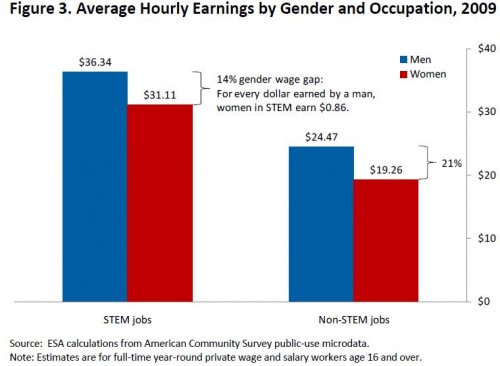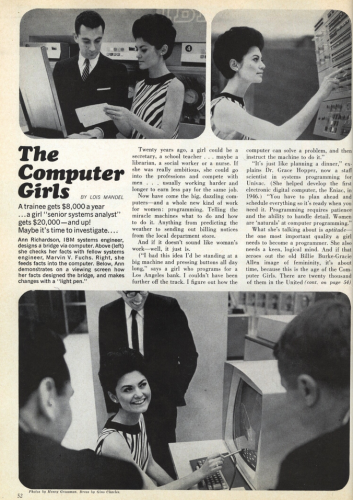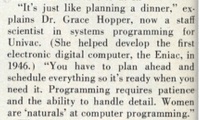“Just another example of how children are placed into gender roles,” writes Belinda, who sent in this page from an Australian Kmart catalog:
The girls are, of course, dressed in “pretty” costumes, such as a fairy, a ballerina, or a ladybug. Or they placed in a “domestic” role, such as the cook. The boys however get to be a pirate, a police officer, a doctor or a firefighter. Unsurprisingly, the boys are mainly dressed in costumes that are actually plausible career options, the girls however are placed in the domestic sphere or the realm of fantasy.
Lisa Wade, PhD is an Associate Professor at Tulane University. She is the author of American Hookup, a book about college sexual culture; a textbook about gender; and a forthcoming introductory text: Terrible Magnificent Sociology. You can follow her on Twitter and Instagram.

